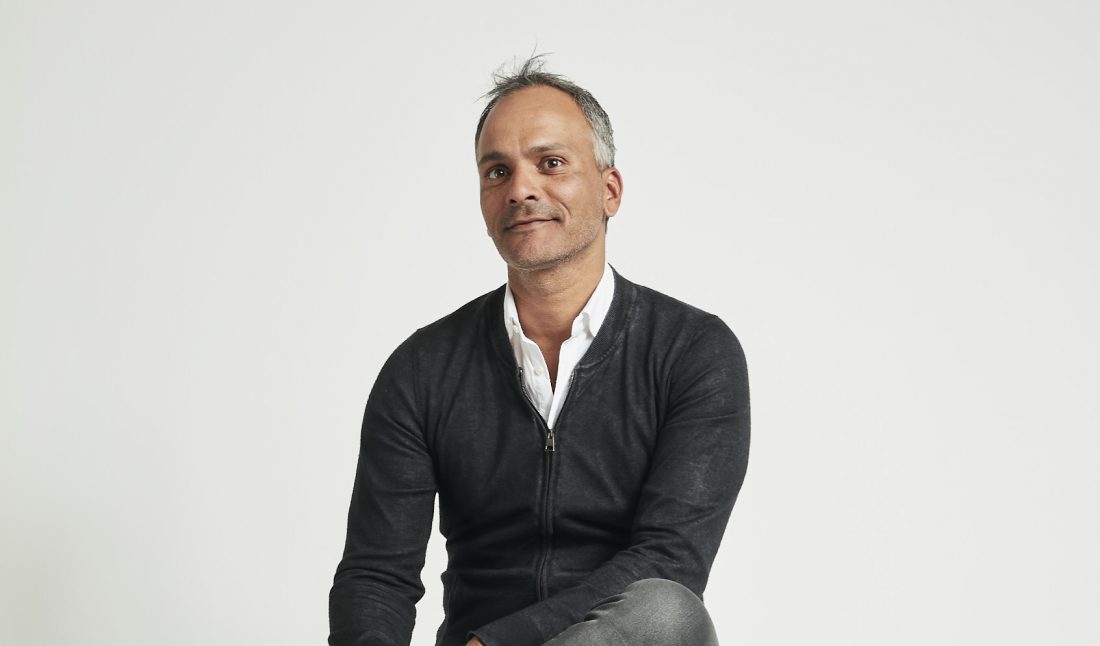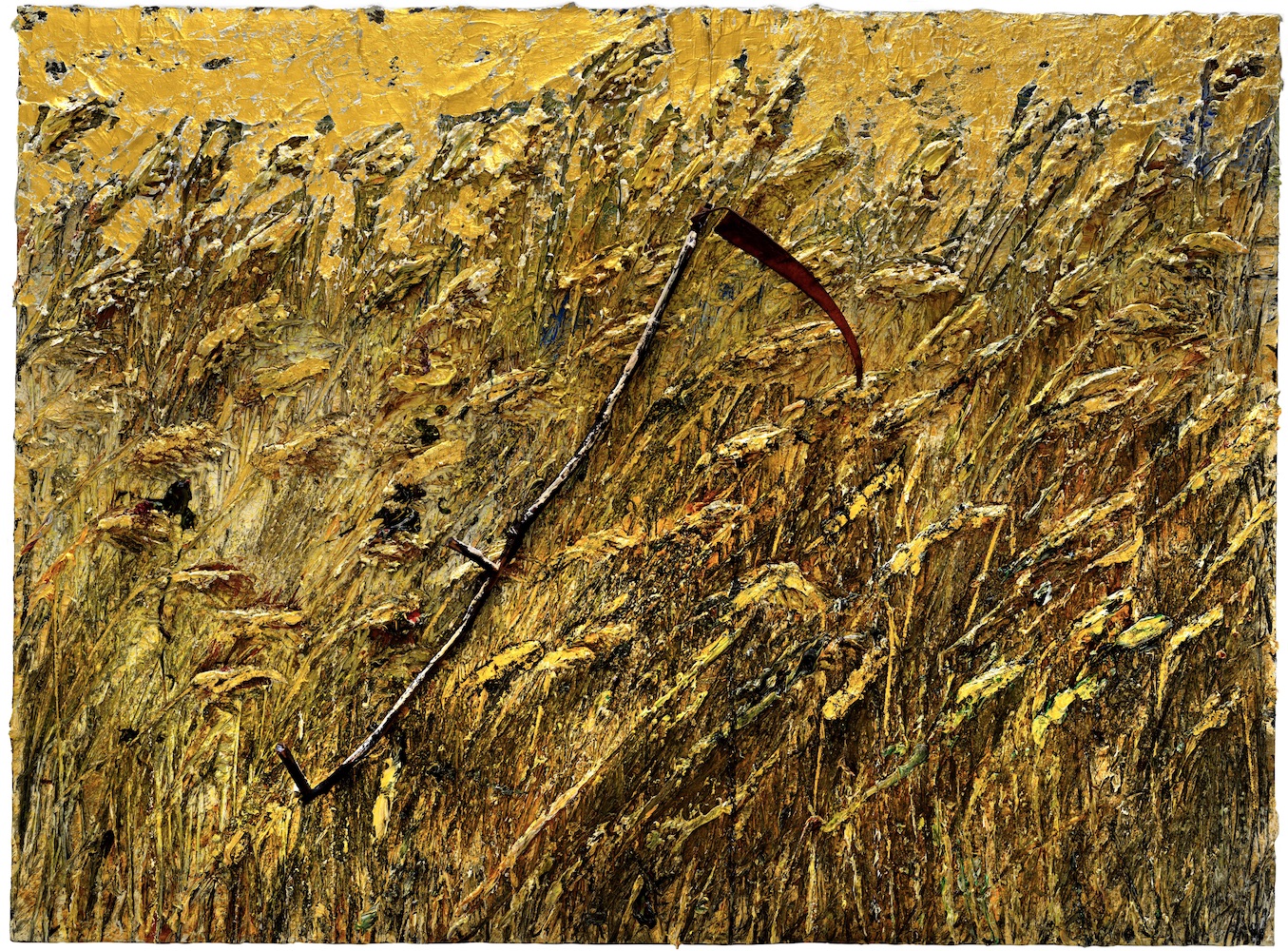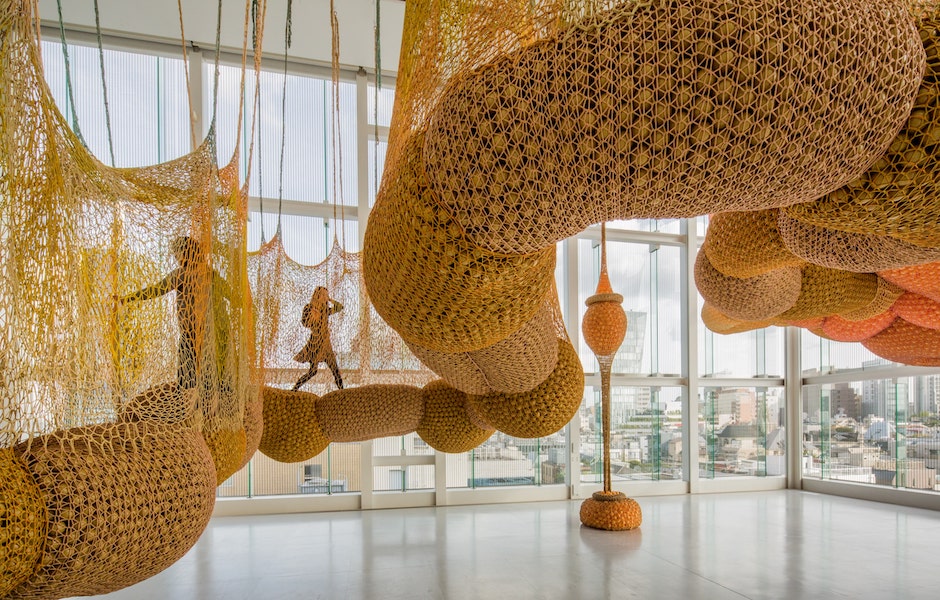Gal Bouskila has marketing and strategic experience with major brands like Gucci, Yigal Azrouël, and Donna Karan, across regions including the Asia-Pacifc, Europe, and North America. Having studied fashion and visual art, he knows how to translate a product’s message into a striking scene. Bouskila’s goal, from windows to architectural projects, is a full visual immersion that offers the public a sensorially rich dive into the world of luxury.
Whitewall spoke with Bouskila about the power in the presence of product, even amid today’s socially distant climate.
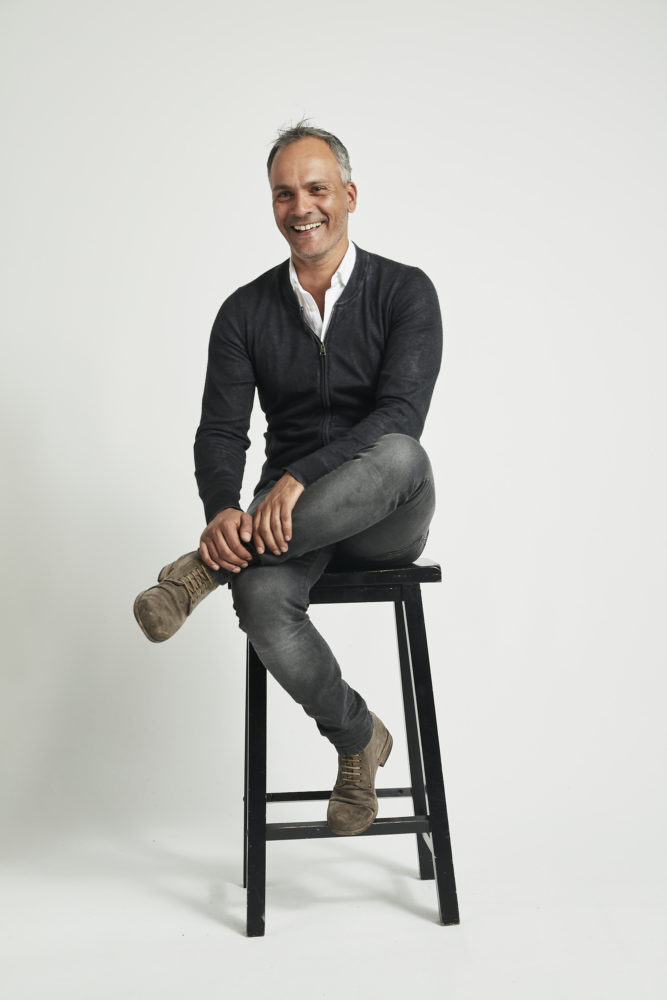 Portrait of Gal Bouskila by Sam Gold.
Portrait of Gal Bouskila by Sam Gold.
WHITEWALL: How did you start visual merchandising in New York? What was your path like from Yigal Azrouël to Donna Karan and Gucci?
GAL BOUSKILA: As a young kid walking the streets of Tel Aviv, I was always fascinated by the window displays of the major retailers. Those displays were so intriguing to me, it was like a glimpse into the world of those brands. The storytelling and the process always fascinated me, and it inspired me to study fashion and visual art in New York.
I started my career in 2006, as a visual merchandiser for Yigal Azrouël through his wholesale and retail stores. I was very fortunate to have this opportunity, as it embedded the foundation of my creative process. From there I went to Donna Karan as an external visual merchandising manager, which gave me a better perspective of large-scale corporate environments. My next step was Gucci in 2015, as the visual director in the Sydney, Australia, head office, responsible for SEA-Pacific region. This was an incredible opportunity and a dive into the world of luxury.
WW: What is your creative process and philosophy? How do you get inspired by art/artists to stage windows?
GB: My creative process starts by defining references that complete the collections from a visual point of view. My philosophy is to translate the concept design of the collection to visual communication, meticulously, in order to transfer the message from the garment to a visual prop. I want to make the audience feel related to the collection through visual communication to whether it’s props, or any other visual elements. I refect the essence of the collection from their color palettes, and the references are designed to intrigue and captivate the audience.
I am very much inspired by the Japanese minimalism and aesthetic, such as Tadao Ando and Kenzo. When I worked on the sketches for windows, I pulled in elements of architecture, fashion, and interior design and put it all together into one engaging message.
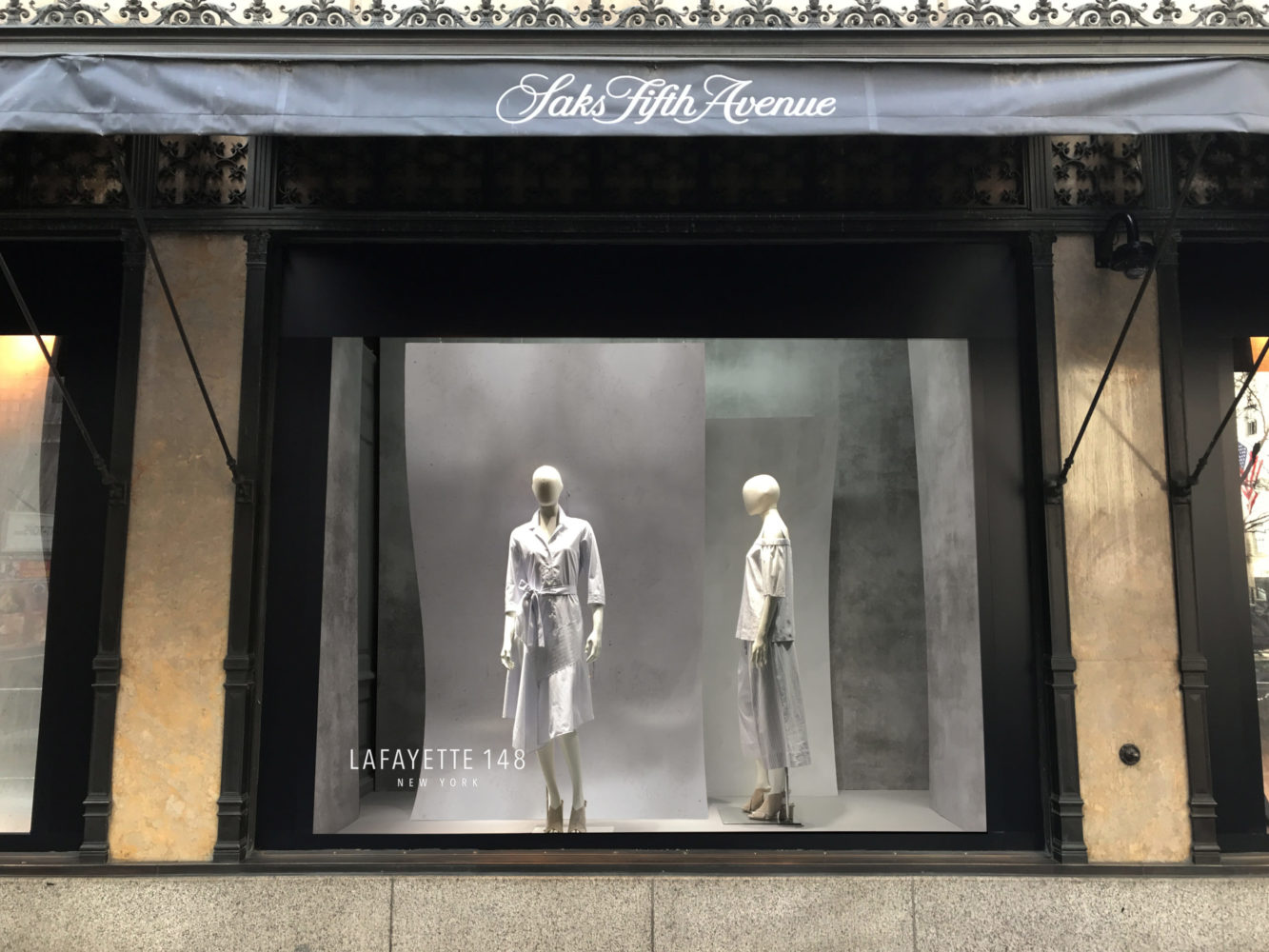 Lafayette 148 NY window installation at Saks 5th Ave in New York, courtesy of Gal Bouskila.
Lafayette 148 NY window installation at Saks 5th Ave in New York, courtesy of Gal Bouskila.
WW: What type of experience do you want to convey to the public?
GB: My job is to deliver a full immersive experience in a brief moment when a potential client is walking down the street. It’s important to me that the audience sparks connection with the brand through a visual experience, so the elements and references will make sense with the collection.
WW: Currently, you are completing an architecture and design project in Washington, D.C., 1214 Bladensburg. How do you use your visual merchandising vision for architectural projects?
GB: When working on a more permanent visual experience, it allows me togo even deeper into my inspirations and execute a design that is timeless. Visual merchandising was only a part of my day-to-day responsibility as a visual creative director. Store planning, layouts, and interior design was also a significant part. When creating a layout for a building or apartments, you can draw a parallel to the planning of a new store installation. I used those same processes in the architectural designs in the D.C. project. I brought together my visual aesthetics and inspirations into the design, looking at Japanese architectural references and industrial minimalism.
WW: With the current crisis and social distancing restrictions, commercial spaces will have to reinvent themselves. How do you envision the future of visual merchandising?
GB: Brands today, whether they are luxury or premium, are keeping the structure of the visual calendar to a minimum. I’m noticing a lack of extravagance of materials and props. In my opinion, this is a mistake! Today, in this fast-growing digital environment, stores are becoming a marketing tool and way for the customer to interact with the brand, its identity, and merchandise. It does not matter if the client is purchasing merchandise at the store or later at home, this is the new reality.
People who love fashion, regardless of COVID-19, will always have a strong desire to touch and feel the merchandise. They will always be enticed to be physically in stores trying on the merchandise as part of their shopping habits. Myself included.
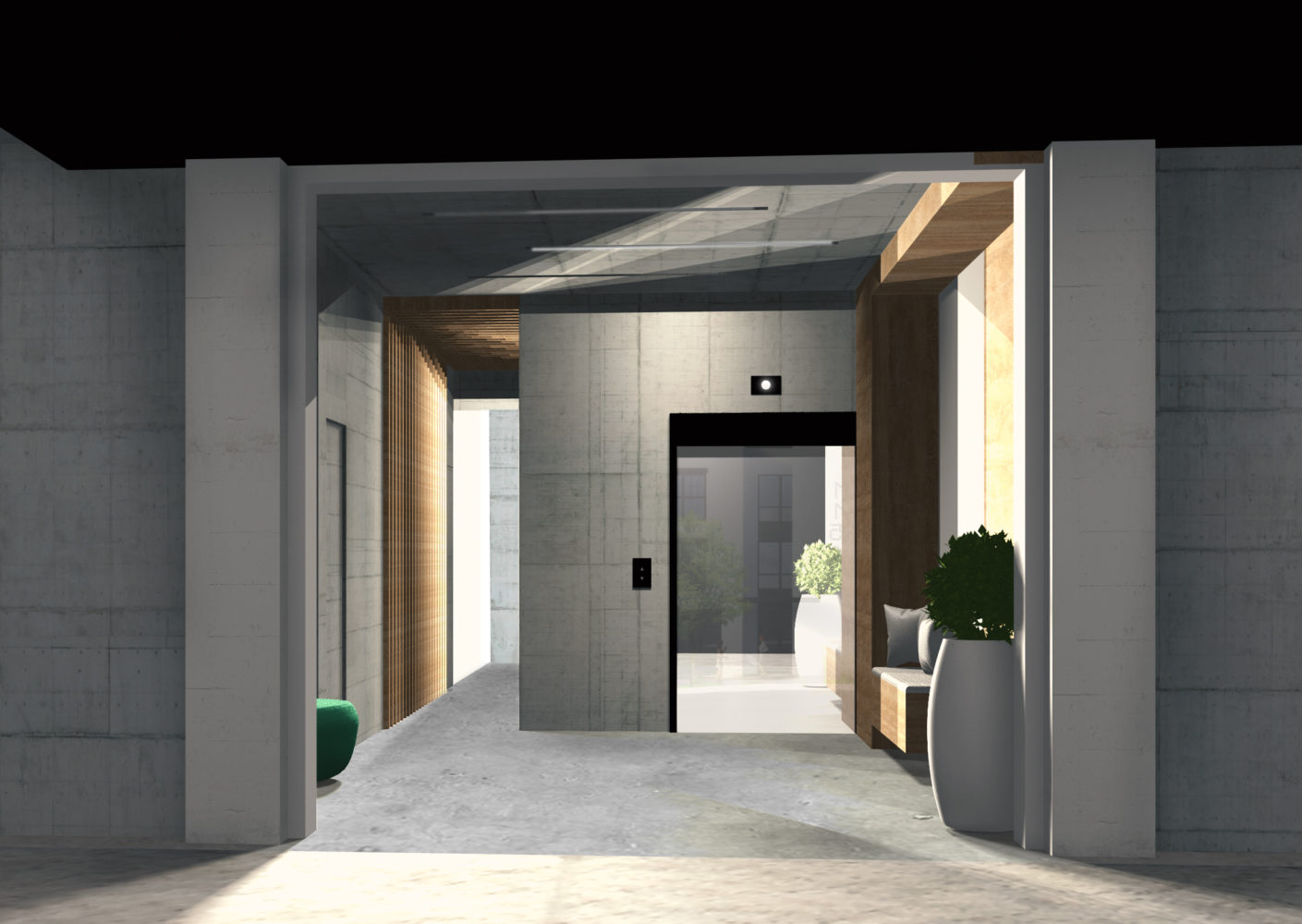 Lafayette 148 NY window installation at Saks 5th Ave in New York, courtesy of Gal Bouskila.
Lafayette 148 NY window installation at Saks 5th Ave in New York, courtesy of Gal Bouskila.







